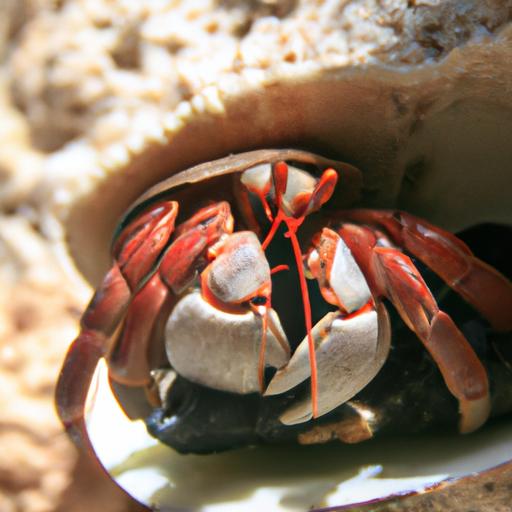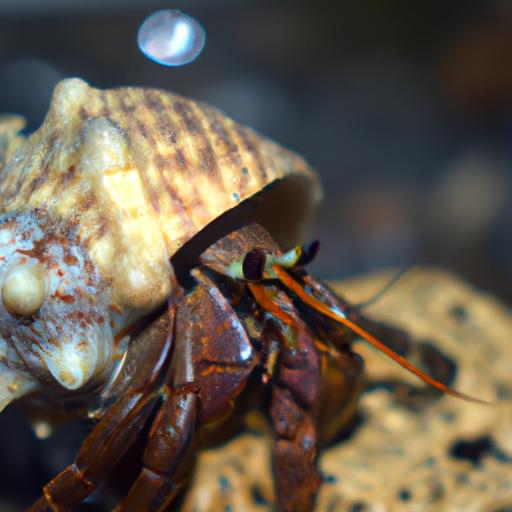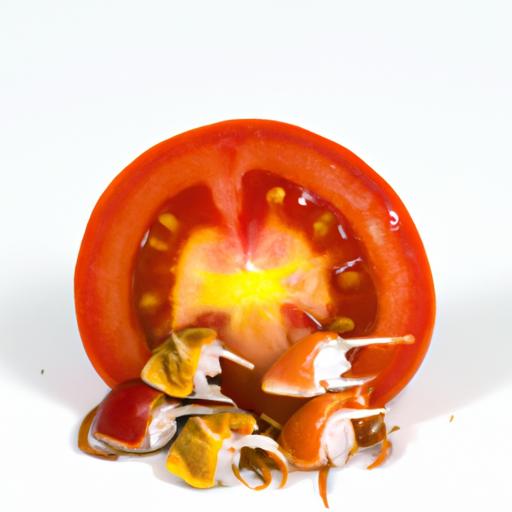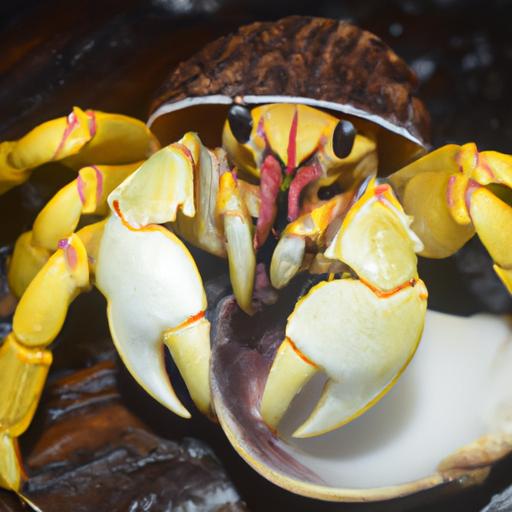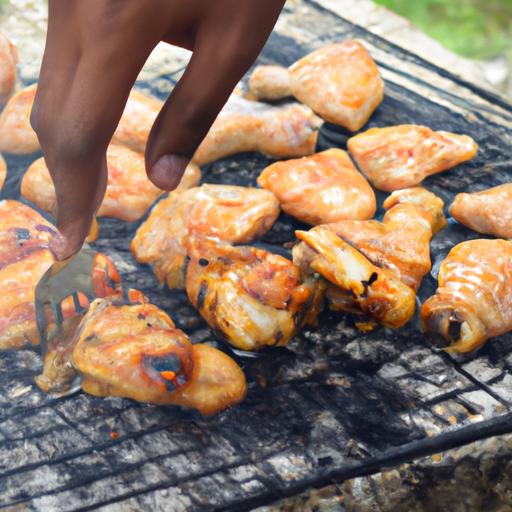Will Cooking Chicken Kill Bacteria? The Truth Revealed
When it comes to food safety, there’s no room for compromise. We all know that bacterial contamination can pose serious health risks, and one common culprit is raw chicken. But here’s the burning question: will cooking chicken effectively kill bacteria? Today, I’m here to shed light on this crucial topic and provide you with the knowledge you need to ensure your meals are safe.
Cooking chicken plays a pivotal role in eliminating harmful bacteria that may be lurking in its raw form. Raw chicken, like any other meat, can carry various bacteria such as Salmonella and Campylobacter. These bacteria have the potential to cause severe illnesses, ranging from food poisoning to more serious complications. However, the good news is that cooking chicken thoroughly can significantly reduce the risk of bacterial contamination.
The purpose of this article is to debunk myths, clarify misconceptions, and equip you with the best practices for safely cooking chicken. Throughout this journey, we will explore the ideal cooking temperatures, effective cooking methods, and the importance of using a food thermometer. By the end, you’ll be armed with the knowledge to confidently prepare chicken dishes without compromising your health.
So, let’s dive in and explore the fascinating world of cooking chicken to eliminate bacteria. Together, we’ll unveil the truth and unravel the secrets that will transform your cooking experience. Remember, food safety is in your hands, and with the right approach, you can turn your kitchen into a fortress against harmful bacteria. Stay tuned as we embark on this culinary adventure!
Understanding Bacterial Contamination
A. Common Bacteria Found in Raw Chicken
When it comes to raw chicken, it’s important to be aware of the potential bacterial culprits that may be present. Two of the most common bacteria found in raw chicken are Salmonella and Campylobacter. Salmonella is responsible for causing salmonellosis, a foodborne illness that can lead to symptoms like diarrhea, vomiting, and abdominal pain. On the other hand, Campylobacter is known for causing campylobacteriosis, which manifests as diarrhea, fever, and stomach cramps.
B. Health Risks Associated with Bacterial Contamination
Bacterial contamination in raw chicken poses significant health risks to consumers. According to the Centers for Disease Control and Prevention (CDC), foodborne illnesses affect millions of people each year, leading to hospitalizations and even deaths. Salmonella and Campylobacter infections are among the most common causes of foodborne illnesses, and poultry, including chicken, is often implicated in these cases. It’s crucial to handle raw chicken with caution and ensure thorough cooking to mitigate these health risks.
C. How Bacteria Spread and Multiply
Understanding how bacteria spread and multiply is essential in preventing bacterial contamination. Bacteria can be present on the surface of raw chicken and can also penetrate the meat. Cross-contamination is a common mode of spreading bacteria, where raw chicken juices come into contact with other surfaces, utensils, or foods. Bacteria thrive in warm and moist environments, which makes the kitchen an ideal breeding ground. It’s important to maintain proper hygiene practices, such as washing hands, sanitizing surfaces, and using separate cutting boards for raw chicken, to prevent the multiplication and spread of bacteria.
By familiarizing ourselves with the common bacteria found in raw chicken, recognizing the associated health risks, and understanding how bacteria spread and multiply, we can take proactive steps to protect ourselves and our loved ones from foodborne illnesses. Now that we have a solid foundation, let’s move on to the next section, where we’ll explore the role of cooking in eliminating these harmful bacteria.
The Role of Cooking in Eliminating Bacteria
Cooking chicken is not just about creating delicious meals; it is also an essential step in eliminating bacteria that may be present in raw chicken. By subjecting chicken to the right temperatures, we can ensure that harmful bacteria are effectively destroyed, making our meals safe to consume. Let’s delve deeper into the crucial role that cooking plays in eliminating bacteria.
A. Temperature Requirements to Kill Bacteria in Chicken
One of the key factors in killing bacteria in chicken is achieving the appropriate internal temperature. Different types of bacteria have varying heat sensitivity, but a common recommendation is to cook chicken until it reaches an internal temperature of at least 165°F (74°C). This temperature is known to kill the majority of harmful bacteria, including Salmonella and Campylobacter, ensuring your chicken is safe to eat.
B. Different Cooking Methods and Their Effectiveness
Various cooking methods can be employed to eliminate bacteria in chicken. Whether you prefer grilling, baking, frying, or boiling, each method has its unique advantages. High-heat methods like grilling and baking are particularly effective at killing bacteria due to the elevated temperatures involved. On the other hand, boiling chicken can also be an excellent way to ensure bacteria are eradicated, as the high temperature of the boiling liquid penetrates the meat thoroughly.
C. Importance of Using a Food Thermometer
To guarantee that chicken reaches the recommended internal temperature, using a food thermometer is crucial. This simple yet powerful tool allows you to accurately measure the temperature of the chicken, ensuring it has reached the safe threshold. Insert the thermometer into the thickest part of the chicken, avoiding bones and fat. By incorporating a food thermometer into your cooking routine, you can have peace of mind knowing that your chicken is free from harmful bacteria.
Remember, cooking chicken to the appropriate temperature and utilizing the right cooking method are vital in eliminating bacteria effectively. Don’t forget to equip yourself with a reliable food thermometer to ensure your chicken is cooked to perfection, leaving no room for bacteria to thrive. In the next section, we’ll debunk common myths surrounding cooking chicken and shed light on the truth.
Debunking Myths Related to Cooking Chicken
A. Can Raw Chicken Be Washed to Remove Bacteria?
One common myth that needs to be debunked is the belief that washing raw chicken under running water can effectively remove bacteria. In reality, this practice can do more harm than good. When you wash raw chicken, the water splashes, causing bacteria to spread to nearby surfaces, utensils, and even your hands. This cross-contamination can lead to the proliferation of harmful bacteria, increasing the risk of foodborne illnesses. The best way to eliminate bacteria is through proper cooking techniques, as we’ll explore further.
B. Is It Safe to Rely on Appearance or Texture for Determining Bacterial Elimination?
You might wonder if you can rely on the appearance or texture of cooked chicken to determine if it’s safe to consume. Unfortunately, this is not a reliable method for ensuring bacterial elimination. While cooking chicken until it appears golden brown or feels firm may indicate that it’s cooked, it doesn’t guarantee that harmful bacteria have been eradicated. The only accurate way to determine if chicken is safe to eat is by using a food thermometer to check its internal temperature.
C. Addressing Misconceptions about Marinades and Bacterial Reduction
Marinating chicken is a popular practice that not only enhances flavor but also tenderizes the meat. However, some misconceptions surround the idea that marinades can significantly reduce bacterial contamination. While marinades can add flavor, they are not potent enough to eliminate bacteria on their own. Marinating chicken should be done in the refrigerator, ensuring it remains at a safe temperature throughout the process. Additionally, it’s crucial to discard any leftover marinade that has come into contact with raw chicken to prevent cross-contamination.
By debunking these myths, we can establish a solid foundation for safe cooking practices. It’s vital to rely on evidence-based information and proven techniques to ensure the elimination of harmful bacteria. Let’s move forward and explore the best practices that will empower you to cook chicken safely and confidently.
Best Practices for Safe Cooking
A. Proper Handling and Storage of Raw Chicken
To ensure the safety of your chicken dish, it’s crucial to start with proper handling and storage. When purchasing raw chicken, make sure it is fresh and has been stored at the appropriate temperature. Always check the expiration date and inspect the packaging for any signs of damage or leakage. Upon bringing it home, promptly store it in the refrigerator or freezer to prevent bacteria from multiplying.
When handling raw chicken, it’s essential to follow strict hygiene practices. Wash your hands thoroughly with soap and warm water before and after handling chicken. Additionally, keep raw chicken separate from other foods, especially those that will be consumed raw, to avoid cross-contamination. Use separate cutting boards, utensils, and plates for raw chicken to prevent the spread of bacteria.
B. Preparing the Chicken for Cooking
Properly preparing the chicken before cooking is vital for effective bacterial elimination. Start by removing any visible fat or skin, as bacteria can reside in these areas. Rinse the chicken briefly under cold water to remove any loose particles. However, avoid washing it excessively, as this can spread bacteria through water splashes. Pat the chicken dry with paper towels to remove excess moisture, as dry surfaces promote better browning and reduce bacterial growth during cooking.
C. Cooking Times and Temperatures for Various Chicken Cuts
Cooking chicken to the correct internal temperature is crucial to ensure bacteria are eliminated. Different cuts of chicken require varying cooking times and temperatures. For boneless, skinless chicken breasts or thighs, cook them to an internal temperature of 165°F (74°C). This can be measured using a food thermometer inserted into the thickest part of the meat. For whole chickens or bone-in cuts, the internal temperature should reach 165°F (74°C) as well.
Remember that cooking times can vary depending on the cooking method and the thickness of the chicken. Grilling, baking, roasting, and sautéing are all effective methods, but make sure to adjust the cooking time accordingly. It’s always better to slightly overcook chicken than to risk undercooking it, as this ensures complete bacterial elimination.
By adhering to these best practices, you can confidently cook chicken while minimizing the risk of bacterial contamination. Proper handling, thorough preparation, and accurate cooking temperatures are your allies in creating safe and delicious chicken dishes. Now that you’re equipped with this knowledge, let’s move on to the next section and uncover some common myths about cooking chicken.
Conclusion
In conclusion, cooking chicken is a crucial step in ensuring food safety and eliminating bacteria. By understanding the risks associated with bacterial contamination and implementing proper cooking practices, you can protect yourself and your loved ones from potential illnesses.
Throughout this article, we have explored the importance of cooking chicken at the right temperature, using various cooking methods, and relying on a food thermometer for accuracy. We have also debunked common myths and misconceptions surrounding the elimination of bacteria in chicken.
Remember, maintaining food safety requires proper handling and storage of raw chicken, as well as following recommended cooking times and temperatures for different cuts. Don’t rely on appearance or texture alone as indicators of bacterial elimination; it’s essential to cook chicken thoroughly to ensure its safety.
By prioritizing food safety and implementing best practices, you can confidently enjoy delicious and safe chicken dishes. So, the next time you step into the kitchen, remember the power you hold to kill bacteria and protect your health.
Let’s make cooking chicken a journey of culinary delight and food safety. Together, we can create meals that not only satisfy our taste buds but also keep us healthy and free from harmful bacteria. Stay informed, stay safe, and happy cooking!
